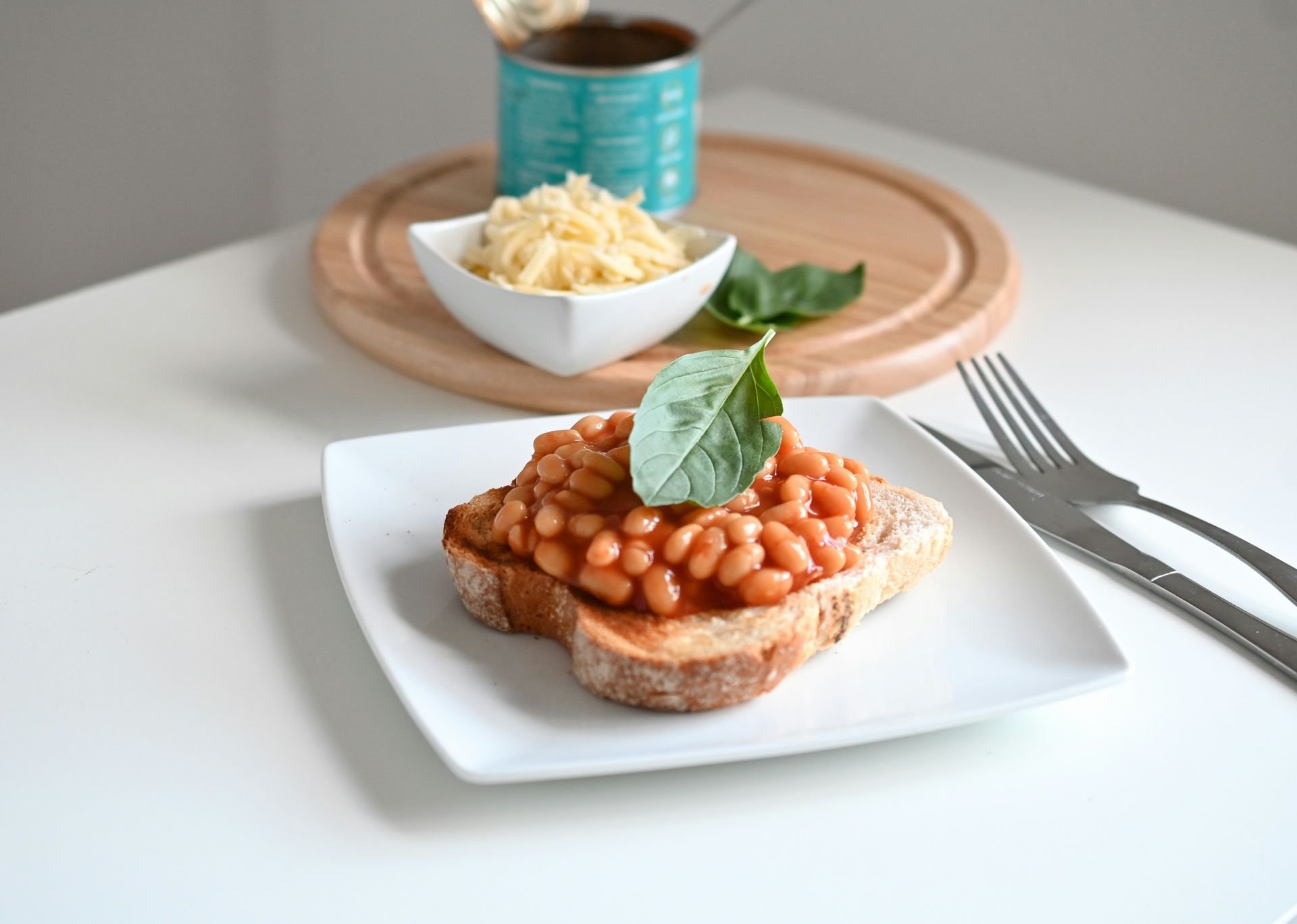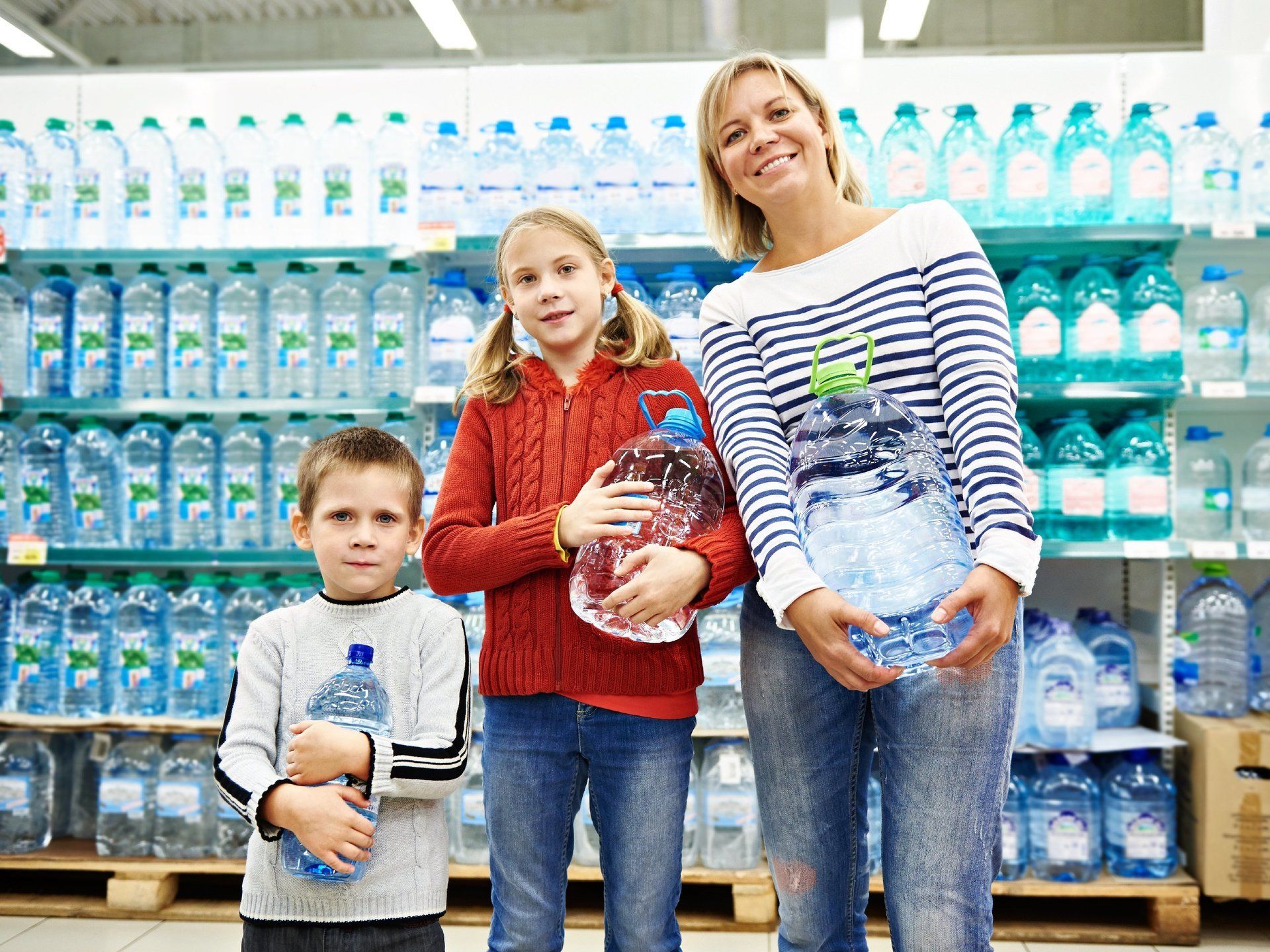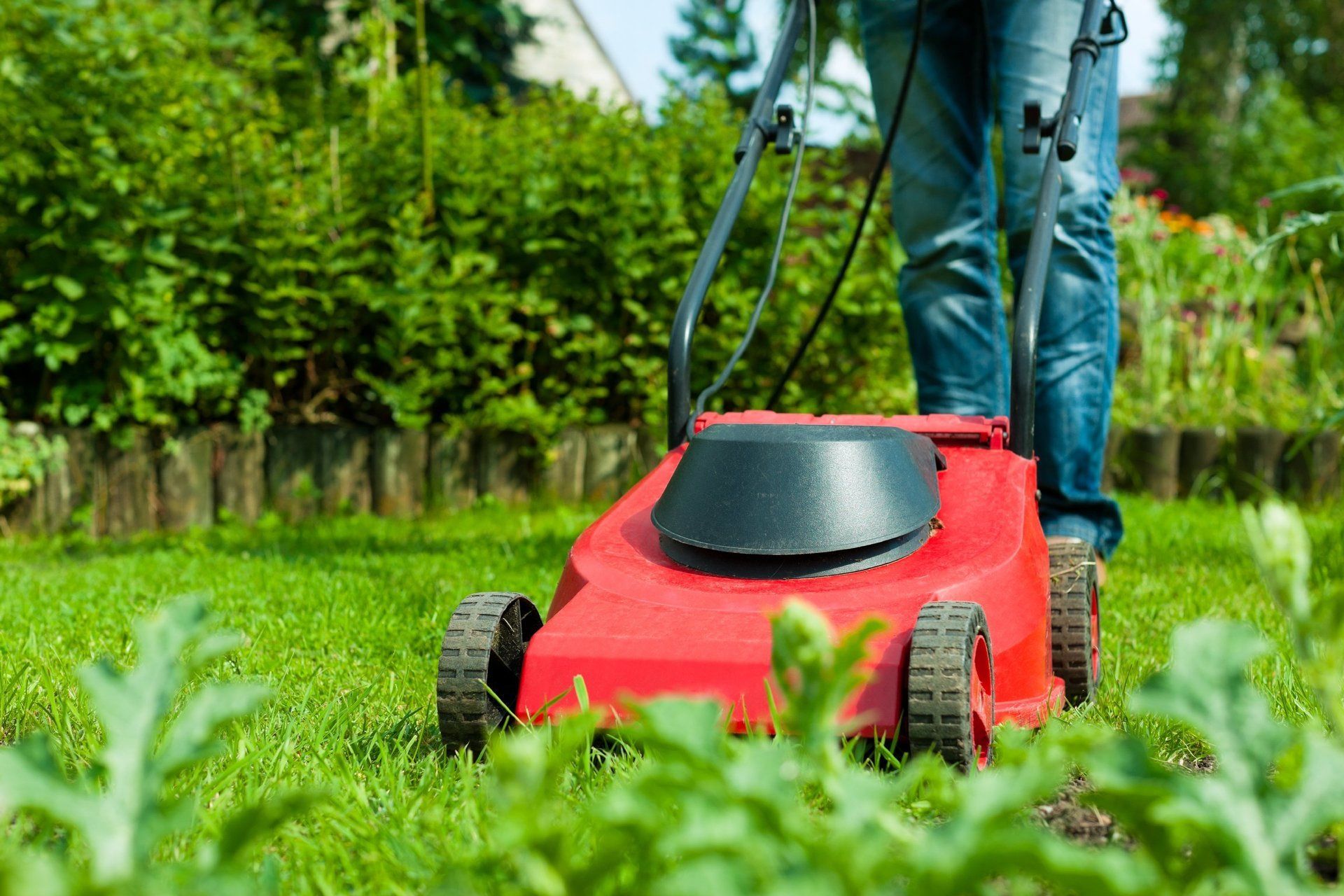Branding and Price
Convenience
Availability
about this consumer project
We explore the buying criteria; those specific attributes and standards customers use to evaluate and select a product, service, or supplier.
In the UK we waste up to 9million tonnes of food every year. Here we explore how a very simple meal, a slice of toast with either beans, cheese, or scrambled egg creates waste and how we might easily manage it better.

Photo by Nik on Unsplash
Photo by Kate Tsventoukh 🇺🇦 on Unsplash Photo by Jay Gajjar on Unsplash
Home cooking generates huge volumes of waste
According to WRAP in many parts of the world, and specifically in the UK, food is the biggest source of waste generated at home, making up the majority of household waste by weight, often around 60-70% of the total. This includes avoidable waste such as fresh produce that has gone off or prepared meals that are left over. This simple project explores how that happens and what we can do to minimise waste by reducing sizes, recycling and reuse.
Sliced Bread for Toasting
Sad but true, in the UK we waste 900,000 tonnes of bread a year, it is the most commonly disposed of foodstuff amounting to an incredible 24 million slices every day. The advice is to freeze your new loaf, use it as you need it. Today's toasters can happily accommodate frozen slices.
Bread is commonly wrapped in a low density polyethylene bag. It is an effective, hygienic, and fully recyclable material extending bread's shelf life whilst preventing staleness and mold growth. Bakery bread typically uses fewer
preservatives and additives compared to mass-produced bread, resulting in a fresher, more natural taste.
Lets take a look at the calorie count of popular sliced bread
- Warburtons Medium White popular for toasting is 98 kcal per slice. Their bread, widely available, is wrapped in fully recyclable waxed paper see Warburtons Packaging
- The Federation of Bakers advises that a typical slice of bread weighs 38 grams
- Their general assessment of the Calories in Bread is as follows
- A slice of white bread typically contains 83kcal and 0.6g of fat,
- A slice of brown bread typically contains 79kcal and 0.8g of fat
- A slice of wholemeal bread typically contains 82kcal and 1.0g of fat.
Different cheese for toasting
Cheese on toast is very popular, tasty option for busy people. The cheese may be cottage cheese, farmhouse cheese, especially locally produced farmhouse cheese or the convenient processed cheese individually wrapped.
Sliced Processed Cheese on Toast
Kraft Singles: Around 60 calories per slice.
Generic (21g slice): Approximately 69 calories.
Generic (25g slice): Around 77 calories.
Dairylea Slices: Can be around 49 calories for a 17g slice.
Factors Affecting Calories
Slice size: Different brands use different portion sizes for their slices.
Fat content: The amount of fat in the cheese slice can significantly influence its calorie count, with some slices being regular and others being reduced-fat.
Grated Cheese on Toast
Eat this Much advise one serving of cheese on toast contains 218 Calories. The macronutrient breakdown is 23% carbs, 59% fat, and 19% protein. This is a good source of protein (18% of your Daily Value), calcium (24% of your Daily Value), and vitamin a (12% of your Daily Value).
Baked Beans on Toast
Probably the nation's favourite quick and tasty meal, especially if sprinkled with some grated cheese. Choose wholemeal bread rather than white for more fibre. We digest wholegrain food more slowly, so it can help us feel full for longer.
Read some useful advice and information about baked Beans on toast from:
One serving of beans on toast contains 108 Calories. The macronutrient breakdown is 49% carbs, 34% fat, and 17% protein. Beans have a moderate calorie density of 192 Calories per 100g.
Scrambled Egg on Toast
The calories in scrambled eggs on toast can depends on the size and number of eggs use, the size and type of bread vary and whether the toast has been buttered. A typical serving is between 400-600 calories. A serving comprising two eggs scrambled on white toast would be around 400 calories, whereas a larger portion, for example made three eggs with butter served on wholemeal toast with butter, would be more than 500 calories.
Eat this Much advise one serving of scrambled eggs on toast (2 eggs scrambled on toasted ciabatta or bread roll) contains 614 Calories. The macronutrient breakdown is 3% carbs, 77% fat, and 20% protein. This is a good source of protein (25% of your Daily Value) and vitamin a (45% of your Daily Value).
Tips to reduce waste after a simple meal of beans, cheese or egg on toast
Whenever you are able:
Buy fresh cheese, bread and eggs. That way you are supporting local businesses, employing local people fostering local skills and knowledge. The food will be far more nutritious and the taste more intense.
Buy the right amount:
If you are able to buy beans in jars do so, they will last longer. If you only eat a small portion of beans on toast, look for smaller tin sizes. Wash cans thorough before putting then in the waste bin. Did you know food waste on containers is one of the worst contaminants waste disposal people have to manage.
Use leftovers creatively:
Instead of throwing away leftover beans orc cheese, use them in a different dish, such as adding them to a salad or making a larger portion for another meal.
Control bread consumption:
Only toast as many slices of bread as you intend to eat. If you have leftover bread, you can repurpose it by making croutons, breadcrumbs, or french toast. Its best to freeze bread or if not refrigerate your bread, keep it wrapped, watch for mold once the pack has been exposed to air.
Compost scraps:
Any trimmings from homemade beans, egg or cheese on toast, or even stale bread, can be composted to reduce your overall waste. Garden Compost Bins are a freely available from all hardware stores, or online, buy one it will be worth it.
Can you compost eggshells?
Yes, you can compost eggshells because they add essential calcium and other nutrients to the compost, benefiting plants and reducing waste. To speed up their slow decomposition, crush or grind the shells into smaller pieces before adding them to your compost pile. While eggshells are slow to break down and release their nutrients, crushing them significantly improves the process, and they are particularly beneficial for soil pH and preventing blossom end rot in plants like tomatoes and squash.









